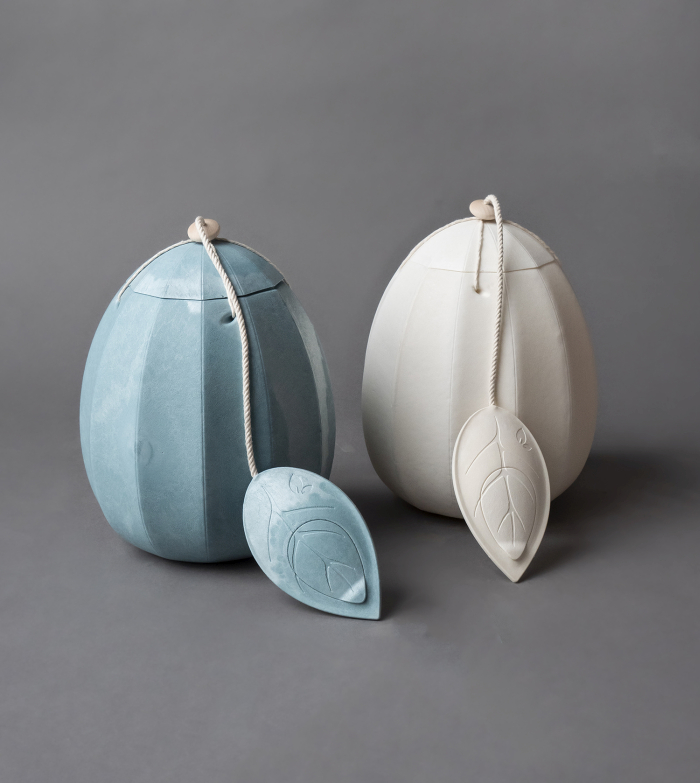With the Boötids, the Arietids and the Beta Taurids June is an eventful month for meteor showers; and a month of great promise for all those who hope their most earnest wishes for the future will be fulfilled through entrusting them to a shooting star.
If only their wasn't the seemingly endless wait for nightfall, the seemingly endless sitting and streaming and snacking and stupor of waiting.......
Alternatively, use the day(s) ahead of the arrival of those celestial messengers of hope in perusing a good architecture and/or design exhibition: something that may enrich your life in ways you could never have imagined. Far less hoped for. And could lead you, could lead us all, to a future better, more promising and more fulfilling than you/we could ever have wished for. Could ever have achieved through the sitting and streaming and snacking and stupor of waiting for the future.
But you can still watch the meteors when they appear. And wish upon a star.
Our four meaningful distractions until nightfall in June 2022 can be found in Berlin, Rotterdam, Wrocław and Copenhagen......
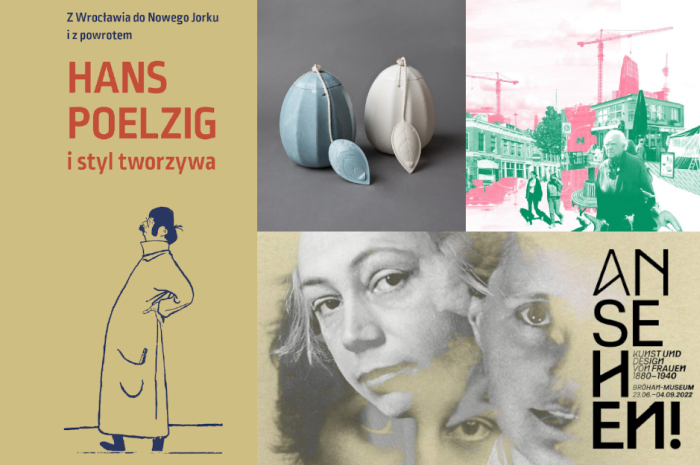
It is, we assert, no exaggeration to claim that the earliest days of design are popularly understood as masculine; the greater majority of us unquestioningly accepting that any female mentioned in the narratives of Art Nouveau, Art Deco or Functionalism was either the muse of a male creative or a rare exception to an unshakable, natural, law. Or a dilettantish amateur humoured on account of their wealth.
Which clearly can't be the truth. Or acceptable.
With Regard! Art and Design by Women 1880–1940 the Bröhan Museum, Berlin's State museum for Art Nouveau, Art Deco and Functionalism, aim to attempt to redress that balance.
Arising from a survey of their own collection which found just 7.5% of the objects therein were by female creatives, and only 10% of the featured creatives females, and thus tending to underscore one of the sources of the popularly skewed (his)tory of design, i.e. museums, the Bröhan Museum began reflecting not only on the whys but also on how they could begin to enable the development of more probable popular understandings of art and design either side of 1900.
The first public manifestation of that process is Regard! Art and Design by Women 1880–1940, a presentation of some 42 artists, designers, applied artists and crafters which although featuring several popularly established names, including, for example, Käthe Kollwitz, Margarete Schütte-Lihotzky or Hedwig Bollhagen, primarily features female creatives known but to isolated specialists and to the pages of dusty magazines of decades past which, regrettably, no-one reads any more. But all should.
A focus on less popularly known creatives underscored, if we've understood things correctly, which isn't necessarily the case, but if we have, by the notable absence of two creatives you could reasonably expect to find in such a discussion: Lilly Reich and Marianne Brandt. Exclusions of which we very much approve, this once: for one of the principle contributing factors to our contemporary skewed understandings of design (hi)story is unquestionably a popular focus on a few popularly recognised names. Something just as common in terms of male creatives but which in terms of female creatives is even more extreme and influential.
And thus in the promised breadth of its survey beyond the easy choices, and also in its promised discourses on subjects such as, gender pay gaps or combining career with motherhood, subjects which remain achingly contemporary, Regard! Art and Design by Women 1880–1940 should allow for a meaningful starting point for the drawing of more probable popular paths from the late 19th century to the early 21st.
Regard! Art and Design by Women 1880–1940 is scheduled to open at The Bröhan Museum, Schlossstraße 1a, 14059 Berlin on Thursday June 23rd and run until Sunday September 4th. Further details can be found at www.broehan-museum.de
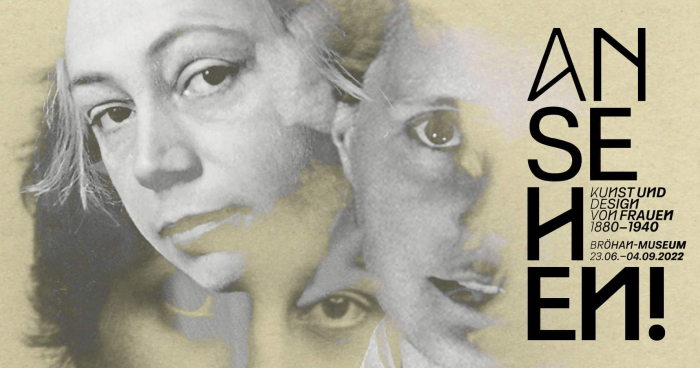
For the summer of 2022 Het Nieuwe Instituut has acquired itself a new hat in the form of a large pink podium sitting proudly atop their roof. A large pink hat developed by Rotterdam based architects MVRDV which over the summer will serve a variety of functions and host diverse events, the first of which is (T)Huis (House/Home).
Staged in context of, and as the main exhibition of, Rotterdam Architecture Month 2022, (T)Huis (House/Home) promises a presentation of some 40 projects exploring various aspects of the difference between "Thuis" and "Huis", between "Home" and "House"; questions of what makes the latter the former formulated in context of urban planning and the design of the environments in which we live, work, play. Projects which, so the curators intend, will allow one to approach differentiated answers to contemporary urban planning challenges and that from a physical perspective i.e. Het Nieuwe Instituut's summer hat, which, as they note, should allow one to appreciate the very real difference between an overview of a city and that city as experienced on the ground, the important difference between the macro and the micro level in urban planning. And thus, arguably, the importance of considering and responding to both; or perhaps more accurately the challenge of considering and responding to both, of keeping each in focus without losing sight of the other.
(T)Huis (House/Home) is scheduled to open at Het Nieuwe Instituut, Museumpark 25, 3015CB Rotterdam on Wednesday June 1st and run until Thursday June 30th. Further details can be found at https://hetnieuweinstituut.nl
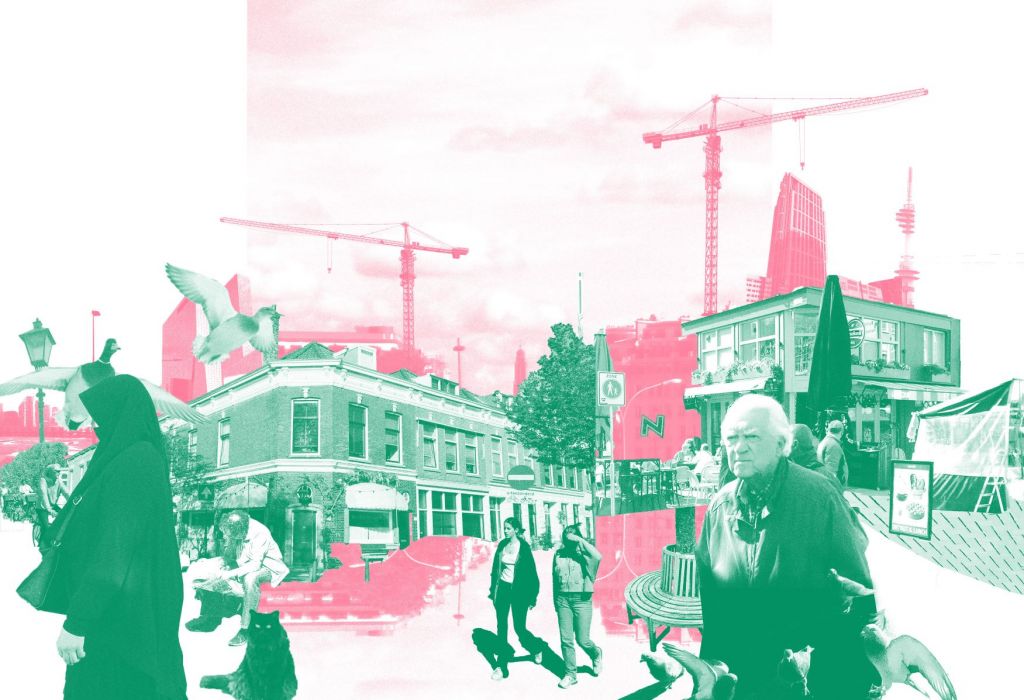
Hans Poelzig is one of the more interesting and informative architects of the first decades of the 20th century, not just on account of what he built but also in context of the students he helped develop: the likes of, for example, a Konrad Wachsmann or an Egon Eiermann being Poelzig Meisterschüler, while a young Mart Stam briefly worked in Poelzig's Berlin office.
With the exhibtion From Wrocław to New York and Back the Muzeum Architektury aim to explore and help better explain a Hans Poelzig beyond architect and teacher: Hans Poelzig, interior and furniture designer.
Taking its impetus from furniture objects designed in ca. 1911 by Poelzig, then Director of, then, Breslau's Königliche Akademie für Bau- und Kunstgewerbe for an Oskar Brieger, a professor of medicine in the city, furniture which in the course of the 1930s emigrated with family Brieger to New York. Before in 2020 that furniture which had travelled From Wrocław to New York came Back. Specifically to the Muzeum Architektury to whom's collection it was donated.
And a Muzeum Architektury where alongside further examples of Poelzig's interior and furniture design, including, and amongst others, objects for Lwówek Śląski Town Hall, Paul Wegener & Carl Boese's 1920 film Golem for which Poelzig designed the sets and also objects and plans of/from the Poelzig family home in, then, Breslau, the Atlantic criss-crossing furniture should provide for an all to rare insight into a component of Hans Poelzig's oeuvre that is all to often overlooked.
And that, not unimportantly, in that city in which Hans Poelzig's career began and where he first established his reputation as an architect, a teacher. And as interior/furniture designer.
From Wrocław to New York and Back. Hans Poelzig and the style of material opened at Muzeum Architektury, Bernardyńska 5, 50-156 Wrocław on Thursday May 26th and is scheduled to run until Sunday October 2nd. Further details can be found at http://ma.wroc.pl
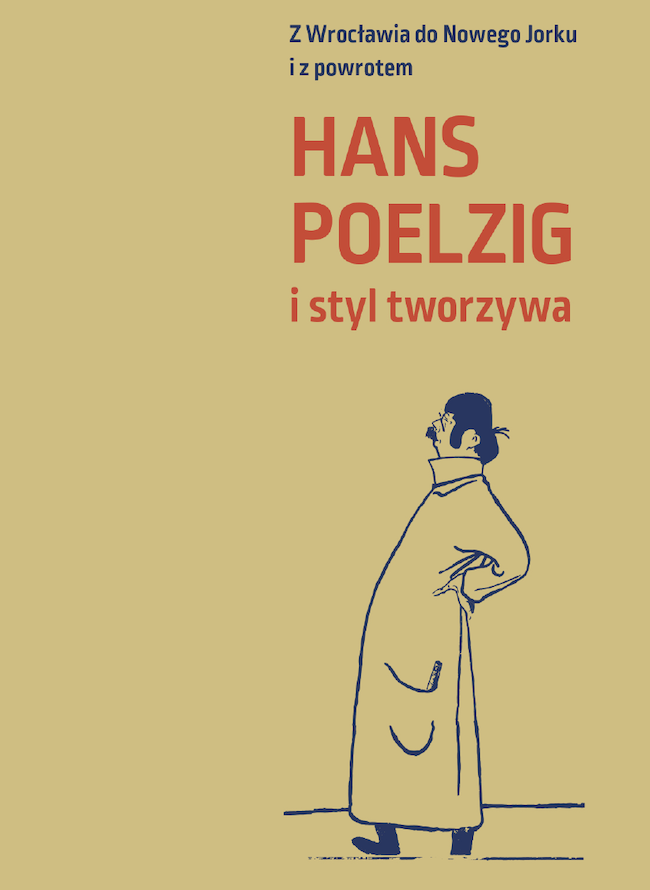
In June 2022 Designmuseum Danmark is reopening after what feels like an eternally long refurbishment, reason enough in itself for a visit.
A reason, argument, in favour of a visit reinforced by the roster of longer-term temporary and shorter-term temporary exhibitions accompanying the reopening: the forming including, for example, Table-be-set!, an installation of seven table services from the Renaissance until today, or the interactive In the making which aims to allow visitors to explore design processes. The shorter-term exhibitions including The Magic of Form – Design and Art which we saw at Kunsten Museum of Modern Art, Aalborg, and expect to be every bit as informative and entertaining and male dominated as it was in Aalborg, and also The Future is Present.
Divided into three primary chapters, Human, Society and Planet+, as it's title implies, and chapters indicate, The Future is Present will aim to explore how contemporary creatives of various hues are reflecting on future challenges and developing, speculating on, possible responses to them. A task that by necessity requires being able to formulate the correct questions, and correctly predict future social and technical realities. And thus a neigh on impossible task, as we suspect will be ably demonstrated by the fourth chapter, Shaping the Future: a presentation of future orientated, visionary, objects and projects from decades and centuries past. Many of which, we presume, but don't know, either completely missed the mark or were first realised much later in slightly different manners.
Not that attempting to design for an unknown future is a pointless exercise, far from it, on the one hand questioning the future helps sharpen our focus on the present, and on the other, if undertaken properly, planning for the future can assist in the development of more honest (hi)stories of the path we've taken here. And understanding the past is every bit as important as predicting the future, understanding how we got to where we are being a key component in realistically assessing where we could go. And a museum, as an interface between past and future, a most apposite location for considering the present; both in context of the present as a moment slipping unseen into the past and also in context of The Smiths eternally pained question How Soon is Now? And which tends to suggest the most meaningful way to view The Future is Present is in context of the newly refurbished Designmuseum Danmark as a whole.
The Future is Present is scheduled to open at Designmuseum Danmark, Bredgade 68, 1260 Copenhagen K on Sunday June 19th and run until Thursday June 1st 2023. And, yes, it will be interesting to see how our world looks at its close........
Further details can be found at https://designmuseum.dk
